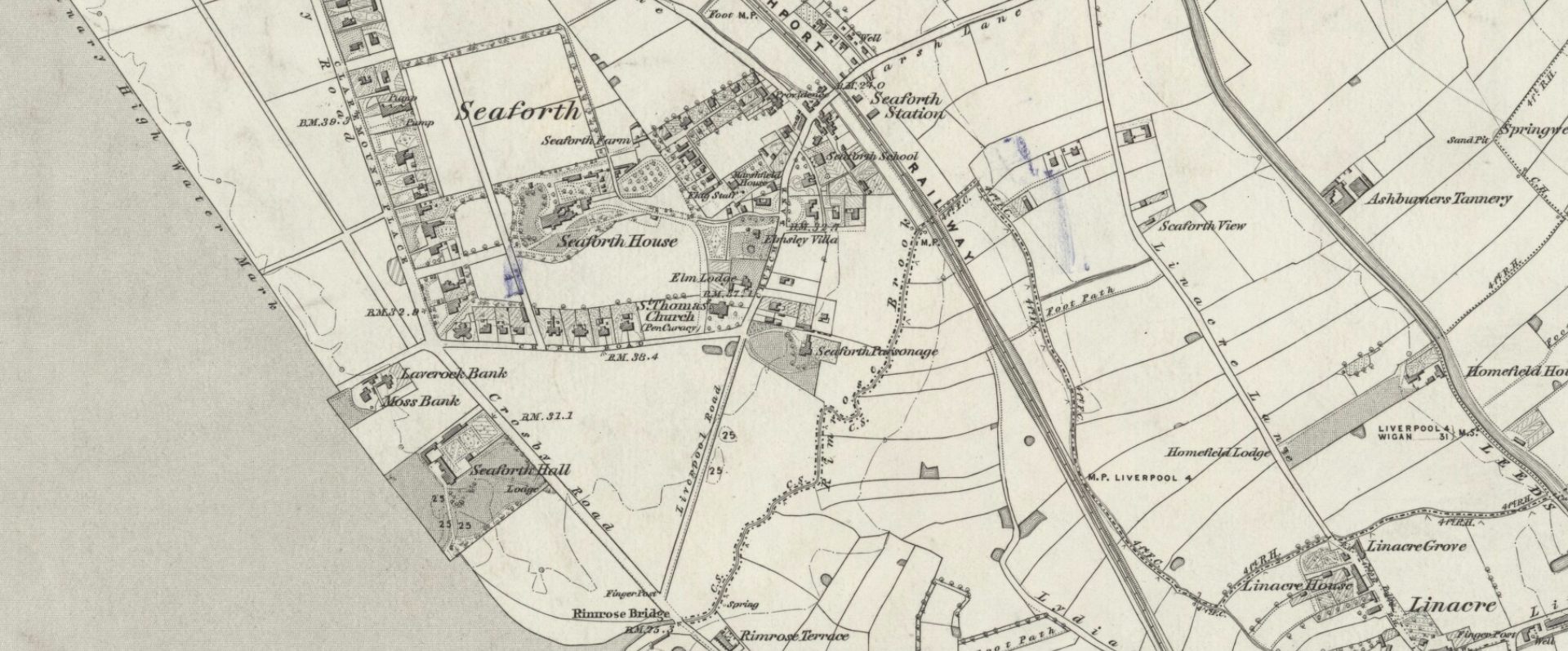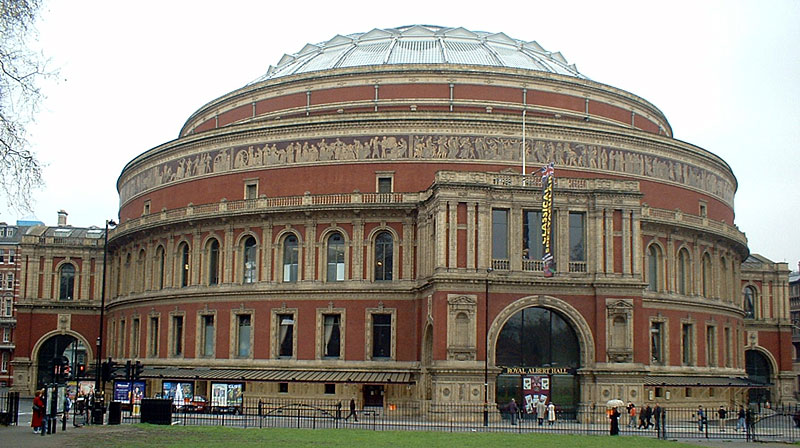|
D. B. Wyndham-Lewis
Dominic Bevan Wyndham Lewis FRSL (9 March 1891 – 21 November 1969) was a British journalist, author and biographer, known for his humorous newspaper articles. Life and works Born Llewellyn Bevan Wyndham Lewis to a family of Welsh origin then living in Seaforth, he dropped his first name and replaced it with "Dominic" following his conversion to Roman Catholicism in 1921. After schooling in Cardiff, he served in the Welch Regiment during World War I. He twice suffered from shell-shock while serving in France and contracted malaria on being assigned to Macedonia. On 29 October 1918, Lewis married Winifred Mary (Jane) Holland, with whom he had one daughter, the future actress Angela Wyndham Lewis. The couple divorced in 1926 and in July 1933 Lewis married Dorothy Anne Robertson, with whom he had two sons.Biographical information froSyracuse University Libraries/ref> Lewis had originally intended to take up a legal career, but after the war he decided on journalism and joined t ... [...More Info...] [...Related Items...] OR: [Wikipedia] [Google] [Baidu] |
Seaforth, Merseyside
Seaforth is a district in the Metropolitan Borough of Sefton, Merseyside, England. Historic counties of England, Historically in Lancashire, it is north of Liverpool, between Bootle and Waterloo, Merseyside, Waterloo. History The name of Seaforth is thought to come from the Old Norse ''sæ-fjord'', ''sæ-ford'', "sea inlet". It was recorded as ''Safforde'' "sea ford" in 1128, suggesting Old English name origins. Another theory for the name of the area is that it was taken from Seaforth House, named after Francis Mackenzie, 1st Baron Seaforth, who built the mansion in 1813 for his daughter and her husband, Sir John Gladstone, 1st Baronet, Sir John Gladstone, father of William Ewart Gladstone, four times Prime Minister of the United Kingdom. A permanent military presence was established in the borough with the completion of Seaforth Barracks in 1882. Seaforth Dock opened in 1972 and is the largest dock facility on the River Mersey. It is part of the Port of Liverpool and Liver ... [...More Info...] [...Related Items...] OR: [Wikipedia] [Google] [Baidu] |
Pierre De Ronsard
Pierre de Ronsard (; 11 September 1524 – 27 December 1585) was a French poet known in his generation as a "Prince des poètes, prince of poets". His works include ''Les Amours de Cassandre'' (1552)'','' ''Les Hymnes'' (1555-1556)'', Les Discours'' (1562-1563), ''Franciade (poem), La Franciade'' (1572)'','' and ''Sonnets pour Hélène'' (1578)''.'' Ronsard was born at Manoir de la Possonnière in the village of Couture-sur-Loir, Vendômois. His father served Francis I of France, Francis I as ''maître d'hôtel du roi''. Ronsard received an education at home before attending the College of Navarre in Paris at age nine. He later travelled extensively, including visits to Scotland, Flanders, and Holland. After a hearing impairment halted his diplomatic career, Ronsard dedicated himself to study at the Collège Coqueret. He later became the acknowledged leader of Pléiade, La Pléiade, a group of seven French Renaissance poets. His works were both admired and criticized throughout ... [...More Info...] [...Related Items...] OR: [Wikipedia] [Google] [Baidu] |
Storm Clouds Cantata
The ''Storm Clouds Cantata'' (or'' Storm Cloud Cantata'') is a cantata by the Australian composer Arthur Benjamin. This cantata was written for the assassination scene in the Alfred Hitchcock 1934 film, '' The Man Who Knew Too Much'', in the Royal Albert Hall. In the film version of 1934, the London Symphony Orchestra was directed by H. Wynn Reeves. In the 1956 version, however, the London Symphony Orchestra was conducted by Bernard Herrmann, the composer of new music for the remake, and the chorus is the Covent Garden Opera Chorus with soloist Barbara Howitt. The Cantata is 177 measures and runs 8–9 minutes. It starts with a '' Lento'' in three-quarter time in C major. Then begins the '' Allegro agitato'', characterized by rhythmic strokes of the timpani. The conclusion is '' Presto''. Instrumentation The work is scored for SATB chorus plus a mezzo-soprano soloist, with an orchestra consisting of 3 flutes (3rd doubling piccolo), 2 oboes, 2 clarinets, 2 bassoons, 4 h ... [...More Info...] [...Related Items...] OR: [Wikipedia] [Google] [Baidu] |
1934 In Film
The following is an overview of 1934 in film, including significant events, a list of films released and notable births and deaths. Top-grossing films (U.S.) The top ten 1934 released films by box office gross in North America are as follows: Events *January 26 – Samuel Goldwyn (formerly of Metro-Goldwyn-Mayer) purchases the film rights to '' The Wonderful Wizard of Oz'' from the L. Frank Baum estate for $40,000. *February 19 – Bob Hope marries Dolores Reade. *April 19 – Fox Studios releases '' Stand Up and Cheer!'', with five-year-old Shirley Temple in a relatively minor role. Shirley steals the film and Fox, which had been near bankruptcy, finds itself owning a goldmine. *May 18 – Paramount releases '' Little Miss Marker'', with Shirley Temple, on loan from Fox, in the title role. *June 13 – An amendment to the Production Code establishes the Production Code Administration, and requires all films to obtain a certificate of approval before being released. *July 2 ... [...More Info...] [...Related Items...] OR: [Wikipedia] [Google] [Baidu] |
The Man Who Knew Too Much (1934 Film)
''The Man Who Knew Too Much'' is a 1934 British spy thriller film directed by Alfred Hitchcock, featuring Leslie Banks and Peter Lorre, and released by Gaumont British. It was one of the most successful and critically acclaimed films of Hitchcock's British period. The film is Hitchcock's first film using this title and was followed later with his own 1956 film using the same name featuring a significantly different plot and script with some modifications. The second film featured James Stewart and Doris Day, and was made for Paramount Pictures. The two films are very similar in tone. In the book-length interview ''Hitchcock/Truffaut'' (1967), in response to filmmaker François Truffaut's assertion that aspects of the remake were by far superior, Hitchcock replied, "Let's say the first version is the work of a talented amateur and the second was made by a professional." However, some critics have concluded that Hitchcock's statement should not be taken at face value. The 1934 ... [...More Info...] [...Related Items...] OR: [Wikipedia] [Google] [Baidu] |
Alfred Hitchcock
Sir Alfred Joseph Hitchcock (13 August 1899 – 29 April 1980) was an English film director. He is widely regarded as one of the most influential figures in the history of cinema. In a career spanning six decades, he directed over 50 feature films, many of which are still widely watched and studied today. Known as the "Master of Suspense", Hitchcock became as well known as any of his actors thanks to his many interviews, List of cameo appearances by Alfred Hitchcock, his cameo appearances in most of his films, and his hosting and producing the television anthology ''Alfred Hitchcock Presents'' (1955–65). His films garnered 46 Academy Award nominations, including six wins, although he never won the award for Academy Award for Best Director, Best Director, despite five nominations. Hitchcock initially trained as a technical clerk and copywriter before entering the film industry in 1919 as a title card designer. His directorial debut was the British–German silent film ''Th ... [...More Info...] [...Related Items...] OR: [Wikipedia] [Google] [Baidu] |
Charles Bennett (screenwriter)
Charles Alfred Selwyn Bennett (2 August 1899 – 15 June 1995) was an English playwright, screenwriter and director probably best known for his work with Alfred Hitchcock. Biography Early life Charles Bennett was born in a disused railway carriage in Shoreham-by-Sea, Sussex, England, the son of Lilian Langrishe Bennett (1863–1930), an actress and artist. Bennett's mother told him his father was Charles Bennett, a civil engineer killed in a boiler explosion, though he thought it was actor Kyrle Bellew (1855–1911). Bennett had an elder brother, Frederick (known as Eric), and a younger brother, Vere. His father is recorded in his baptismal register as Frederick Bennett, engineer. The film historian John Belton has asserted that Bennett's father died when he was four. In the 1911 census, Lilian Bennett recorded herself as a widow, and an artist. Bennett was mostly educated at home, but also briefly at St Mark's College, Chelsea. Actor Bennett was a child actor, appearing i ... [...More Info...] [...Related Items...] OR: [Wikipedia] [Google] [Baidu] |
News Chronicle
The ''News Chronicle'' was a British daily newspaper. Formed by the merger of '' The Daily News'' and the '' Daily Chronicle'' in 1930, it ceased publication on 17 October 1960,''Liberal Democrat News'' 15 October 2010, accessed 15 October 2010 being absorbed into the ''Daily Mail''. Its offices were at 12/22, Bouverie Street, off Fleet Street, London, EC4Y 8DP, England. ''Daily Chronicle'' The '' Daily Chronicle'' was founded in 1872. Purchased by Edward Lloyd for £30,000 in 1876, it achieved a high reputation under the editorship of Henry Massingham and Robert Donald, who took charge in 1904. Owned by the Cadbury family, with Laurence Cadbury as chairman,Dennis Griffiths (ed.) ''The Encyclopedia of the British Press 1422–1992'', London and Basingstoke: Macmillan, 1992, p.437 the ''News Chronicle'' was formed by the merger of the '' Daily News'' and the ''Daily Chronicle'' on 2 June 1930, [...More Info...] [...Related Items...] OR: [Wikipedia] [Google] [Baidu] |
Sunday Referee
The ''Sunday Referee'' was a Sunday newspaper in the United Kingdom, founded in 1877 as ''The Referee'', primarily covering sports news. History George Robert Sims, who was a popular journalist for The Referee, was approached by East End headmistress Elizabeth Burgwin. Together they created the ''Referee Children's Free Breakfast and Dinner Fund''. Sims wrote appeals in ''The Referee'' for funds. The fund they created became the largest charity supplying free school meals in London by 1900. In 1925/26 the paper gave front-page coverage for many weeks to apparent revelations by the writer Frank Power (real name Arthur Vectis Freeman) about the sinking of HMS ''Hampshire'' and the disappearance of Herbert Horatio Kitchener ten years previously. These culminated with Power's sensational claim to have returned Kitchener's coffin to Britain, but on official examination it was found to be empty except for weighting material. During the 1930s, Dylan Thomas contributed several earl ... [...More Info...] [...Related Items...] OR: [Wikipedia] [Google] [Baidu] |
Miguel De Cervantes
Miguel de Cervantes Saavedra ( ; ; 29 September 1547 (assumed) – 22 April 1616 Old Style and New Style dates, NS) was a Spanish writer widely regarded as the greatest writer in the Spanish language and one of the world's pre-eminent novelists. He is best known for his novel ''Don Quixote'', a work considered as the first modern novel. The novel has been labelled by many well-known authors as the "best book of all time" and the "best and most central work in world literature". Much of his life was spent in relative poverty and obscurity, which led to many of his early works being lost. Despite this, his influence and literary contribution are reflected by the fact that Spanish is often referred to as "the language of Cervantes". In 1569, Cervantes was forced to leave Spain and move to Rome, where he worked in the household of a Cardinal (Catholic Church), cardinal. In 1570, he enlisted in a Spanish Marine Infantry, Spanish Navy infantry regiment, and was badly wounded at th ... [...More Info...] [...Related Items...] OR: [Wikipedia] [Google] [Baidu] |
Francisco Goya
Francisco José de Goya y Lucientes (; ; 30 March 1746 – 16 April 1828) was a Spanish Romanticism, romantic painter and Printmaking, printmaker. He is considered the most important Spanish artist of the late 18th and early 19th centuries. His paintings, drawings, and engravings reflected contemporary historical upheavals and influenced important 19th- and 20th-century painters. Goya is often referred to as the last of the Old Masters and the first of the Modern art, moderns. Goya was born in Fuendetodos, Aragon to a middle-class family in 1746. He studied painting from age 14 under José Luzán, José Luzán y Martinez and moved to Madrid to study with Anton Raphael Mengs. He married Josefa Bayeu in 1773. Goya became a court painter to the Spanish Crown in 1786 and this early portion of his career is marked by portraits of the Spanish aristocracy and royalty, and Rococo-style List of Francisco Goya's tapestry cartoons, tapestry cartoons designed for the royal palace. Althoug ... [...More Info...] [...Related Items...] OR: [Wikipedia] [Google] [Baidu] |
James Boswell
James Boswell, 9th Laird of Auchinleck (; 29 October 1740 ( N.S.) – 19 May 1795), was a Scottish biographer, diarist, and lawyer, born in Edinburgh. He is best known for his biography of the English writer Samuel Johnson, '' Life of Samuel Johnson,'' which is commonly said to be the greatest biography written in the English language. A great mass of Boswell's diaries, letters, and private papers were recovered from the 1920s to the 1950s, and their publication by Yale University has transformed his reputation. Early life Boswell was born in Blair's Land on the east side of Parliament Close behind St Giles' Cathedral in Edinburgh on 29 October 1740 ( N.S.). He was the eldest son of a judge, Alexander Boswell, Lord Auchinleck, and his wife Euphemia Erskine. As the eldest son, he was heir to his family's estate of Auchinleck in Ayrshire. Boswell's mother was a strict Calvinist, and he felt that his father was cold to him. As a child, he was delicate. Kay Jamison, Profes ... [...More Info...] [...Related Items...] OR: [Wikipedia] [Google] [Baidu] |






